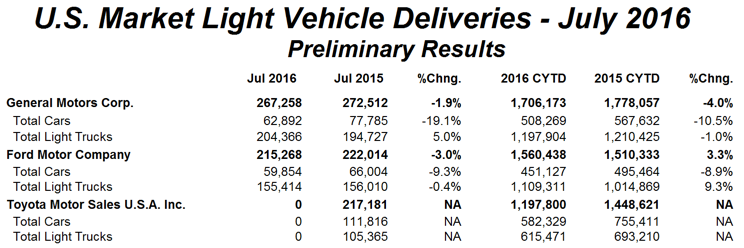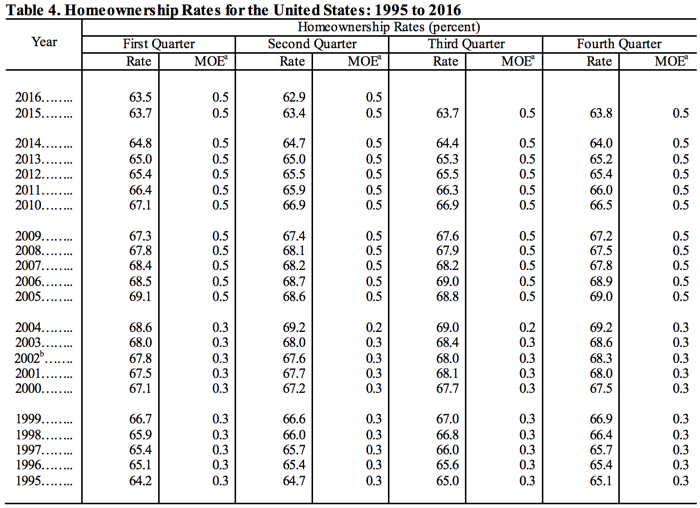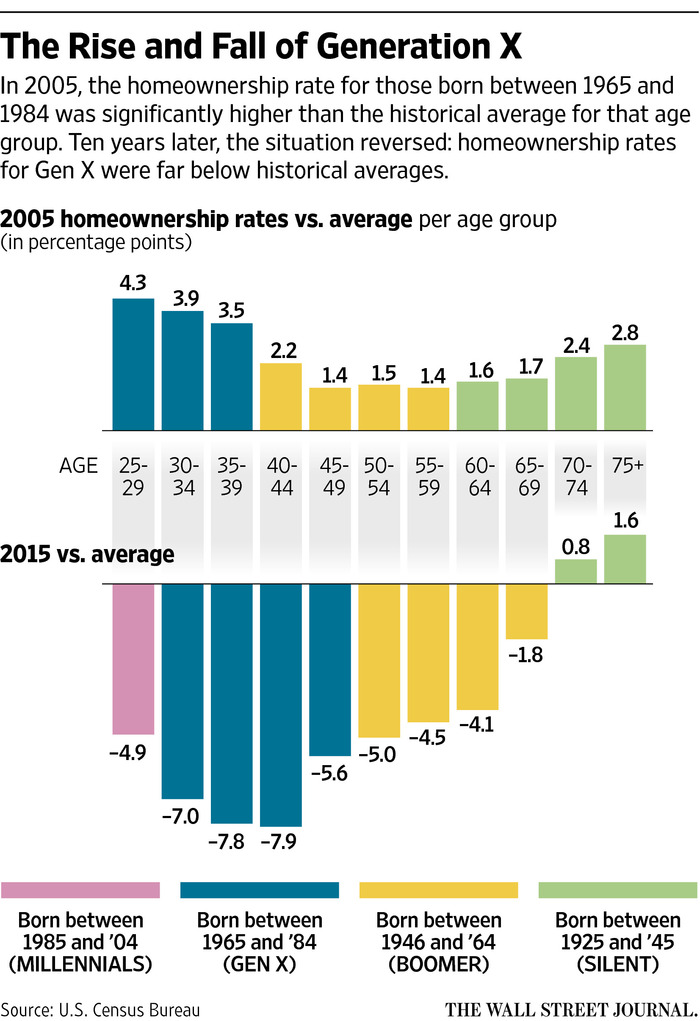I found this excellent site in the Journal of Economic Education as I was researching another topic. In that article, the following overview describes the useful content cataloged on the site:
As the digitization of teaching resources becomes increasingly available, instructors can adapt by making course pedagogy more mobile through incorporating “bring your own device” into the course design. The number of available apps can be overwhelming. We identify many of the best apps with user rankings on a 5-point qualitative scale from Awful (1) to Excellent (5).
Why should we use apps in economics? Strategic selection of an app engages students. This selection offers understanding throughout a range of cognitive domains while providing connections to learning styles that link to individual strengths. Apps provide a hands-on study of economics that can intrigue and satisfy. When students have fun engaging economic apps, their learning and retention increases. Our Web site arranges the apps into seven categories: Study Aids, Calculators, Data, Events, Feedback, Quizzes, and Simulations. Study Aids provide resources for better understanding principles of economics. Calculators identify spreadsheets as well as financial, mortgage, and currency calculators. Data apps profile domestic and international macroeconomic data sources. Events allow class members to keep abreast of current events. Feedback offers instructors a variety of mechanisms to gather classroom responses. Quizzes afford students tools for selftesting of economic concepts. Simulations generate a virtual world to put economics into practice. (Cochran, Velikova, Childs & Simmons, 2015).
The site is authored by an excellent team of innovators, researchers and educators who have a “passion for technology.” This site is an excellent resource and I hope it continues to be updated.
Reference:
Cochran, H. H., Velikova, M. V., Childs, B. D., & Simmons, L. L. (2015). Apps for Economics. Journal Of Economic Education, 46(2), 231. doi:10.1080/00220485.2015.1006745







